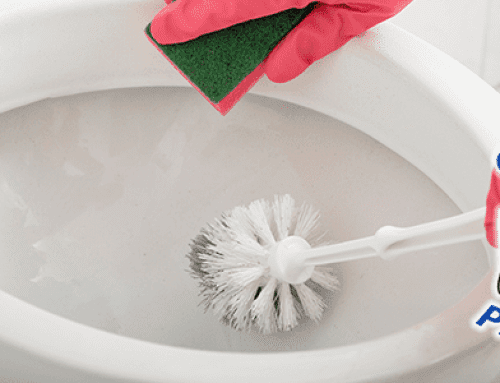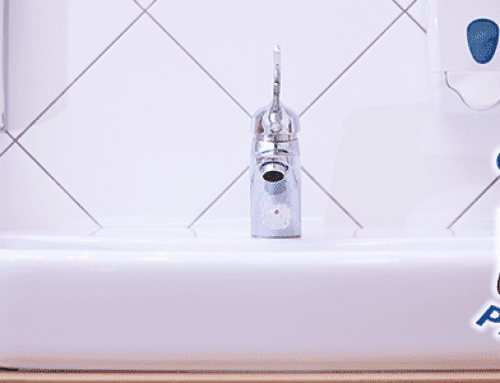A running toilet may escape your notice for a long time, but you notice it you cannot hear anything else. It is a frustrating and annoying homeownership ailment that we will likely all face at one point or another. Not only is it an annoyance, but it can also be quite costly on your next water bill. So, you definitely want to get it fixed sooner rather than later. But if you do not know much about plumbing, what are you supposed to do about it? Surprisingly, a running toilet is one of the easier fixes that you can handle on your own with just a little bit of toilets 101. Chances are you may already have everything you need to get it fixed. So here are a few simple steps to stop your toilet from constantly running.
Adjust the Flapper
Without diving too deep into the anatomy of your toilet tank, the flapper is the plastic or rubber cup at the very bottom of the tank. When you flush the toilet, the flapper “flaps” up allowing water to flow from the tank into the bowl. If the flapper is not seated properly, then water can escape around it anytime, causing your toilet to run constantly. This is the most common cause of a running toilet, so we suggest you start your diagnosis here. A simple fix is to turn the water off at the valve behind the toilet, remove the flapper, give it a good scrub with some dish soap and warm water, then replace it making sure to seat it as snugly as possible. If the toilet still leaks, then your next stop should be the hardware store for a replacement flapper.
Adjust the Flapper Chain
As the name suggests, the flapper chain is a chain that connects the flapper to the flush handle. When you press the flush handle, you are also raising the chain, which is what then lifts the flapper. If the chain is either too short or too long, it could be interfering with how the flapper rests in the tank. To check, remove the lid from the tank and flush the toilet. If barely pressing the handle causes the flapper to pull all the way up, then your chain is too short. If the chain is able to get underneath the flapper and prevent it from closing all the way, it is too long. Either way you will need to adjust the chain length. This should be a fairly simple process of moving the hook attaching the chain to the handle up or down a few links.
Adjust the Float
The float is either a large ball at the end of a metal arm or a cup that wraps around the fill valve. When the fill valve no longer has to support the weight of the float, it stops the flow of water into the tank. You will know when this happens, as the float will, well, float on top of the water. No matter which type of float you have, you can manually adjust the level where the float is suspended by an adjustment screw usually at the top of the fill valve arm. Adjust as needed until the water stops running.




